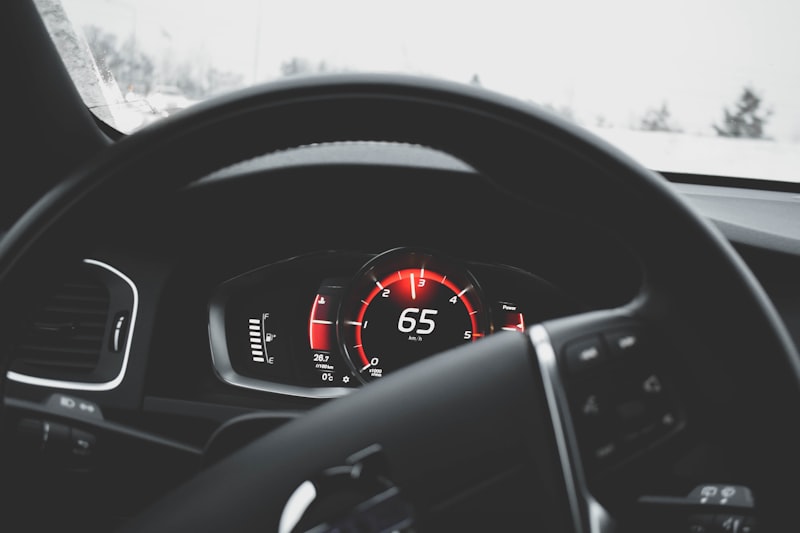The Volvo XC90 is a popular luxury SUV that has undergone various changes and updates over the years. However, like any vehicle, there are certain years of the Volvo XC90 that are better to avoid due to known issues and problems. These problematic years can be associated with specific concerns that potential buyers should be aware of. In this article, we will explore the Volvo XC90 Years To Avoid and highlight some of the most common problems associated with each year.
Volvo XC90 Years To Avoid:
- 2003: Transmission Failure
- 2004: Electrical Issues
- 2005: Oil Leaks
- 2006: Brake Problems
- 2007: Suspension Failures
- 2008: Engine Stalling
- 2009: Power Steering Malfunctions
- 2010: HVAC System Failures
- 2011: Faulty Fuel Pumps
- 2012: Timing Belt Tensioner Failure
Please note that this list is not exhaustive, and individual vehicles may still experience these problems outside the specified years. It’s always recommended to thoroughly inspect any used vehicle before making a purchase and consider getting a professional inspection to ensure you’re well-informed about its condition.## Volvo XC90 Years To Avoid
2003: Transmission Failure
The 2003 model year of the Volvo XC90 has been associated with transmission failures. This issue can lead to erratic shifting, slipping gears, or complete transmission failure. It is recommended to have the transmission thoroughly inspected before considering a purchase.
2004: Electrical Issues
Owners of the 2004 Volvo XC90 have reported various electrical problems. These issues may include malfunctioning power windows, faulty interior lights, or issues with the vehicle’s electronics. It is advisable to check the electrical system carefully when considering a 2004 model.
2005: Oil Leaks
The 2005 Volvo XC90 has been known to experience oil leaks, particularly from the engine and transmission areas. These leaks can result in reduced oil levels, which can cause engine damage if not addressed promptly. It is crucial to check for any signs of oil leakage before purchasing a 2005 XC90.
2006: Brake Problems
Brake problems have been reported in certain 2006 Volvo XC90 vehicles. These issues may manifest as reduced braking performance, brake noise, or uneven wearing of brake pads. It is essential to inspect the braking system thoroughly and ensure it is in good working condition before buying a 2006 XC90.
2007: Suspension Failures
The 2007 model year of the Volvo XC90 has been associated with suspension failures. This can lead to a bumpy ride, increased body roll, or even instability while driving. Before purchasing a 2007 XC90, it is important to check the suspension components for any signs of wear or damage.
2008: Engine Stalling

2009: Power Steering Malfunctions
Power steering malfunctions have been reported in certain 2009 Volvo XC90 vehicles. These issues can result in difficulty steering or an unpredictable response from the power steering system. It is advisable to test the power steering functionality and ensure its proper operation when considering a 2009 model.
2010: HVAC System Failures
The 2010 Volvo XC90 has been associated with HVAC (Heating, Ventilation, and Air Conditioning) system failures. Owners have reported problems such as lack of airflow, inconsistent temperature control, or malfunctioning climate controls. It is important to assess the HVAC system’s performance and functionality before purchasing a 2010 XC90.
2011: Faulty Fuel Pumps
Certain 2011 Volvo XC90 vehicles have experienced issues with their fuel pumps. These problems can lead to inadequate fuel delivery, engine misfires, or difficulties starting the vehicle. It is recommended to have the fuel system inspected and ensure proper functioning before considering a 2011 XC90.
2012: Timing Belt Tensioner Failure
The 2012 model year of the Volvo XC90 has been associated with timing belt tensioner failures. If the tensioner fails, it can result in severe engine damage due to incorrect timing and potential valve interference. It is crucial to check the condition of the timing belt and tensioner before purchasing a 2012 XC90.
Please note that these problem years are based on reported issues, and individual vehicles may still experience these problems outside the specified years. Thorough inspections and professional assessments are highly recommended when considering the purchase of any used vehicle.
Important Points to Know
- The Volvo XC90 has certain years that are known for problematic issues and should be avoided.
- The list provided includes the most common problems associated with each troubled year of the XC90.
- It is crucial to thoroughly inspect any used vehicle, especially those from the mentioned years, before making a purchase.
- Professional inspections can help identify potential issues and ensure you are well-informed about the vehicle’s condition.
Final Words
When considering a Volvo XC90, it is essential to be aware of the troubled years and the associated problems. By avoiding the problematic years and thoroughly inspecting any used vehicle, you can increase your chances of finding a reliable XC90. Remember to prioritize safety and reliability by taking the necessary precautions before making a purchase. With proper care and maintenance, a Volvo XC90 can still provide a comfortable and enjoyable driving experience for many years to come.

